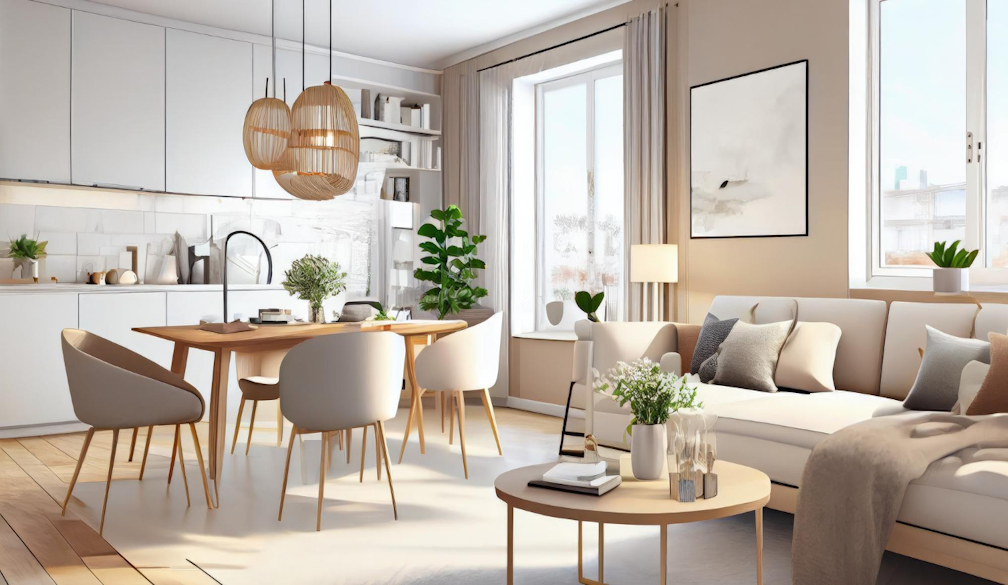Revitalising Your Home: A Guide to Selecting the Perfect Furniture

Your home is your sanctuary, a reflection of your style and personality. The furniture you choose plays a pivotal role in shaping this personal haven. It's not just about filling spaces; it's about creating an environment that speaks to you, comforts you, and meets your needs. This article aims to guide you through the exhilarating journey of selecting the perfect home furniture to transform your house into a home.
Understanding Your Space and Needs
The first step in choosing the right furniture is understanding your space. Measure your rooms accurately to ensure that the furniture you buy fits comfortably without cluttering the space. Consider the room's layout and think about how you intend to use the space – whether it's for relaxation, entertaining guests, or a functional area for work or hobbies.
Your lifestyle should significantly influence your furniture choices. If you have a large family or entertain often, consider a sizable comfortable sofa and a robust dining table. For smaller spaces, multifunctional pieces like sofa beds or extendable tables can be a godsend. If you have young children or pets, look for durable, easy-to-clean materials.
Styles and Trends
Your furniture should mirror your personal style, whether that's modern, traditional, Scandinavian, or something entirely unique. Modern furniture, with its clean lines and minimalist approach, suits contemporary living spaces. Traditional furniture, characterised by its ornate details and rich tones, adds a touch of elegance and timelessness.
Stay abreast of the latest trends, but don't be a slave to them. Currently, sustainable materials and eco-friendly designs are popular, reflecting a growing consciousness about the environment. Technology-infused furniture, such as couches with built-in charging ports, caters to the modern, connected lifestyle.
Quality and Durability
Investing in high-quality furniture is not just about aesthetic appeal; it's about durability and longevity. Look for solid construction – joints should be tight and the frame sturdy. Quality materials like solid wood, high-grade metals, and durable fabrics stand the test of time.
Remember, good furniture is an investment. It might cost more upfront, but it pays off in the long run. Cheap, low-quality pieces may save you money now but will likely need to be replaced sooner.
Budgeting and Smart Shopping
It's essential to set a realistic budget. While it's tempting to skimp on prices, balance cost with quality. Research different retailers, both online and in physical stores, to compare prices and find the best deals.
Don’t overlook second-hand or vintage furniture. Often, these pieces are well-made and can add character and charm to your home. Keep an eye out for sales and discounts, especially during off-peak shopping seasons.







